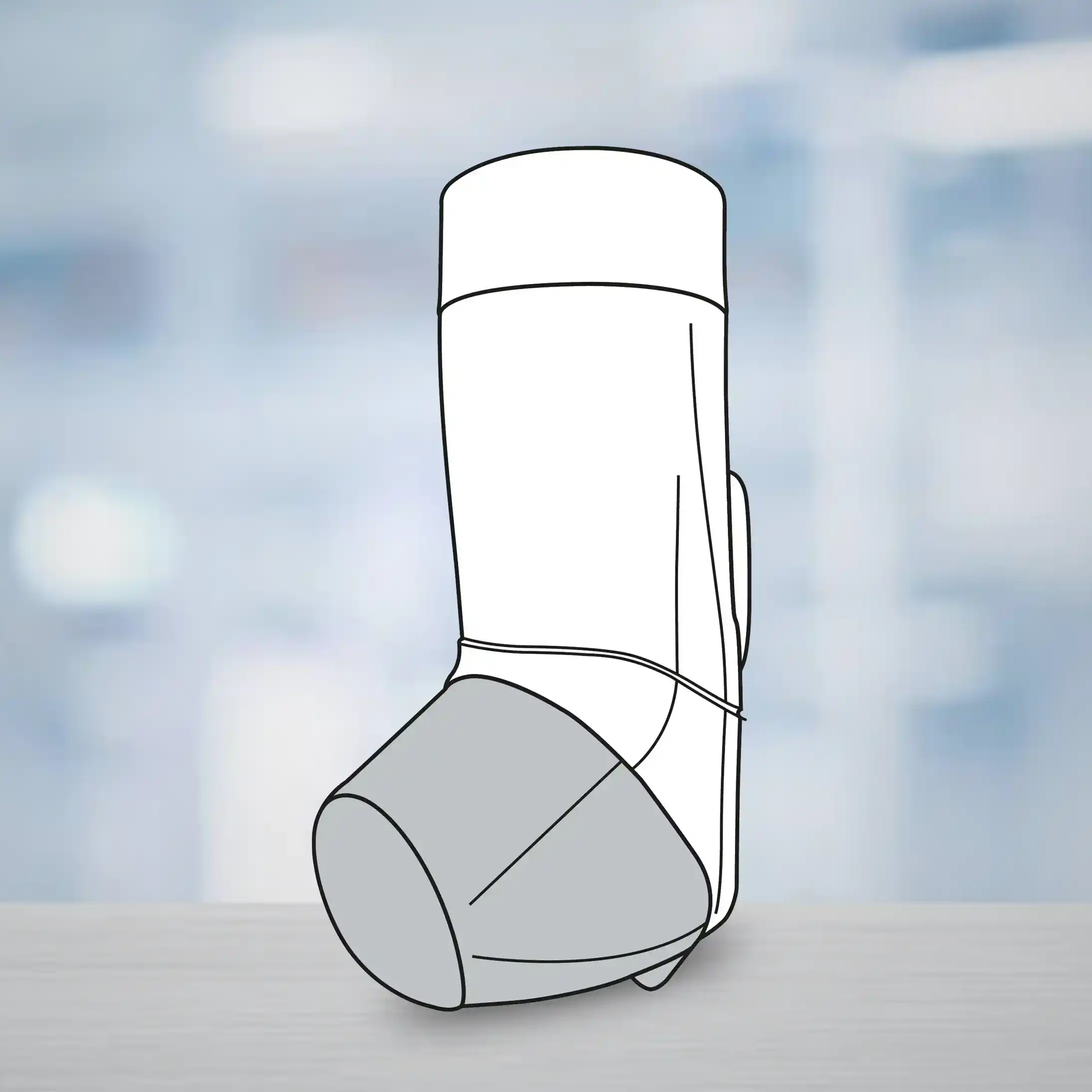Efficacy of Doxycycline in a Patient With Acute Febrile Thrombocytopenia, Multiple Organ Dysfunction Syndrome, and Leptospirosis
Case Presentation
A 52-year–old man presented with fever with chills, nausea, vomiting, and bodyache for the last 5 days. He also complained of pain in his joints, headaches, and loss of appetite.
The patient had no significant medical history as his initial reports also showed tests to be negative for thrombocytopenia/dengue.
Physical Examination
The patient appeared to be conscious on inspection.
Vital signs
- ●Blood pressure: 100/70 mmHg
- ●Heart rate: 129 beats/minute
- ●Respiratory rate: 24 breaths/minute
- ●Temperature: 104°F
Systemic examination
- ●Cardiovascular system: No heart murmurs.
- ●Respiratory system: No abnormalities detected.
- ●Abdomen: No abnormalities detected.
- ●Perianal and rectal examinations: Normal.
- ●Neurologic examination: No neurologic deficits were detected.
- ●Clinical finding on admission: High-grade fever, icterus (++), dehydration; the patient required immediate attention and hence was started on intravenous (IV) fluids.
Laboratory Investigations
The patient was directed for further assessment and treatment. Laboratory investigations of the patient are detailed in Table 1.
Table 1: Laboratory investigations
|
Parameter |
On admission |
On discharge |
|
Hemoglobin |
13 g/dL |
12 g/dL |
|
Hematocrit |
39% |
36% |
|
Total leukocyte count |
9200/uL |
9000/uL |
|
Platelet count |
72000/cumm |
101000/cumm |
|
C-reactive protein |
2.6 mg/L |
2.7 mg/L |
|
Albumin |
3.3 mg/dL |
2.4 mg/dL |
|
Bilirubin total |
7 mg/dL |
3.2 mg/dL |
|
Serum glutamic-oxaloacetic transaminase |
32 U/L |
20 U/L |
|
Creatine |
2.6 mg/dL |
2.7 mg/dL |
|
Hemoglobin A1c |
10% |
7% |
Ultrasound sonography test (abdominal/pelvic): Revealed signs of hepatosplenomegaly with diffuse grade 1 renal parenchymal disease.
Diagnosis
The patient was diagnosed with acute febrile illness, severe thrombocytopenia, multiple organ dysfunction syndrome (MODS), and leptospirosis (Well’s disease). He was also diagnosed with uncontrolled diabetes.
Management
Treatment Plan on Admission
The patient was subsequently started on the following empirical antibiotics:
- Injection (Inj.) ceftriaxone 1 g IV Twice daily (BD)
- Inj. doxycycline 200 mg IV stat followed by 100 mg BD
- Inj. azithromycin 500 mg IV
Other supportive treatments included:
- Inj. pantoprazole 40 mg
- Inj.ondansetron 4 mg
- Inj. paracetamol 150 mg
- Inj. insulin glargine 100 IU
- Tablet levocetirizine 5 mg and montelukast 10 mg
- Tablet metformin 500 mg
- Tablet ursodeoxycholic acid 300 mg
- Tablet taurine 500 mg and acetylcysteine 150 mg
On evaluation, the results of both the liver function tests (serum bilirubin 7 mg/dL) and kidney function tests (serum creatinine 2.6 mg/dL) were abnormal, alongside the presence of thrombocytopenia. Opinion and advice were sought from a nephrologist given his raised serum creatinine levels. He was also started on insulin boluses due to the presence of uncontrolled sugar levels.
Fever spikes continued though the fever profile was negative. Serum procalcitonin levels were raised (8.7 ng/mL) for which the antibiotic was escalated to meropenem. A persistent fall in platelets along with melena was observed, for which 4 units of platelet-rich plasma were transfused. The polymerase chain reaction test was positive for Leptospira, for which the same line of management was continued.
The patient responded well to the treatment and remained afebrile. His creatinine, bilirubin, and platelet levels also improved. Blood and urine cultures were sterile.
The patient was then discharged with the following medications:
Case Discussion
Leptospirosis is an important cause of acute fever for which options for empirical therapy include doxycycline and azithromycin. Acute undifferentiated fever, i.e. acute fever without an obvious focus on infection, is the most common clinical presentation of leptospirosis.1
Reports have shown that doxycycline is potentially an excellent choice of initial antimicrobial treatment for such individuals. Phimda K et al. conducted a multicenter, open, randomized controlled trial comparing the efficacies and tolerabilities of doxycycline and azithromycin for the treatment of acute undifferentiated fever with suspicion of either leptospirosis or scrub typhus in areas of high leptospirosis and scrub typhus endemicity. In this study, 296 patients with leptospirosis or scrub typhus were randomized to receive doxycycline (200 mg initially followed by 100 mg orally every 12 hours for 7 days) or azithromycin (2 g on day 1 followed by 1 g daily for 2 more days). Results showed that the efficacy of azithromycin was not inferior to that of doxycycline for the treatment of both leptospirosis and scrub typhus, with comparable fever clearance times in the two treatment arms. It was also concluded that doxycycline is an affordable and effective choice for the treatment of both leptospirosis and scrub typhus.1
Results of a prospective, randomized, double-blind, placebo-controlled trial of doxycycline in the treatment of leptospirosis occurring in young soldiers showed that doxycycline reduced the duration of illness by 2 days and favorably affected fever, malaise, headache, and myalgias. Doxycycline prevented leptospiruria, had no adverse effects, and was an effective therapy for patients with leptospirosis.2
In an open-label, randomized study that compared parenteral cefotaxime, penicillin G, and doxycycline for the treatment of suspected severe leptospirosis showed that a total of 132 patients had rickettsial infection was diagnosed. For these patients, treatment with doxycycline was superior to treatment with penicillin G. Hence, it was concluded that doxycycline is also a satisfactory alternative to penicillin G for the treatment of severe leptospirosis.3
Conclusion
This case shows that for the empirical treatment of hospitalized patients diagnosed with acute febrile illness with severe thrombocytopenia and leptospirosis (Well’s disease), doxycycline as a treatment option was effective and also improved his creatinine and bilirubin levels.
References
- Phimda K, Hoontrakul S, Suttinont C, et al. Doxycycline versus azithromycin for treatment of leptospirosis and scrub typhus. Antimicrob Agents Chemother. 2007;51(9):3259–3263.
- McClain JB, Ballou WR, Harrison SM, et al. Doxycycline therapy for leptospirosis. Ann Intern Med. 1984;100(5):696–698.
- Suputtamongkol Y, Niwattayakul K, Suttinont C, et al. An open, randomized, controlled trial of penicillin, doxycycline, and cefotaxime for patients with severe leptospirosis. Clin Infect Dis. 2004;39(10):1417–1424.

.svg?iar=0&updated=20230109065058&hash=B8F025B8AA9A24E727DBB30EAED272C8)








